How HR&A uses Amazon Redshift spatial analytics on Amazon Redshift Serverless to measure digital equity in states across the US
AWS Big Data
DECEMBER 5, 2023
HR&A has used Amazon Redshift Serverless and CARTO to process survey findings more efficiently and create custom interactive dashboards to facilitate understanding of the results. A combination of Amazon Redshift Spectrum and COPY commands are used to ingest the survey data stored as CSV files.

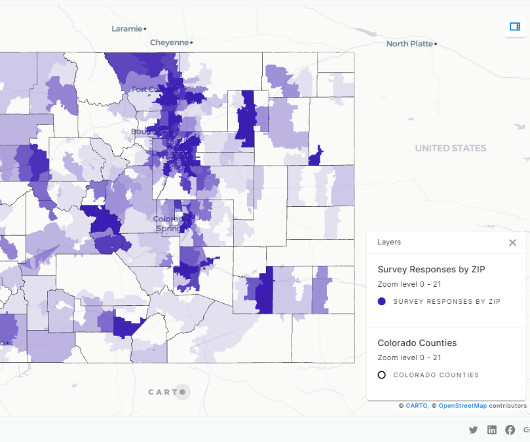

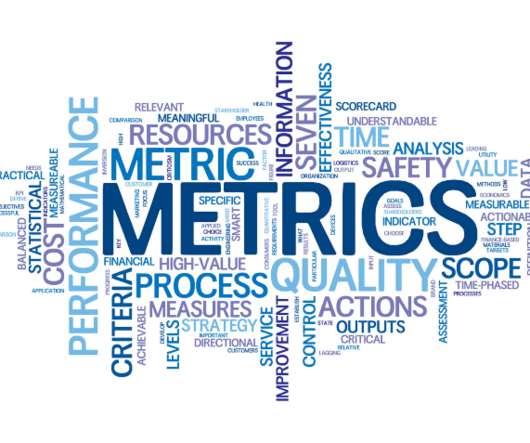
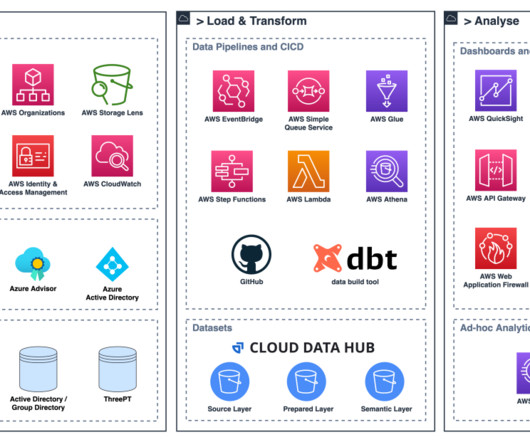
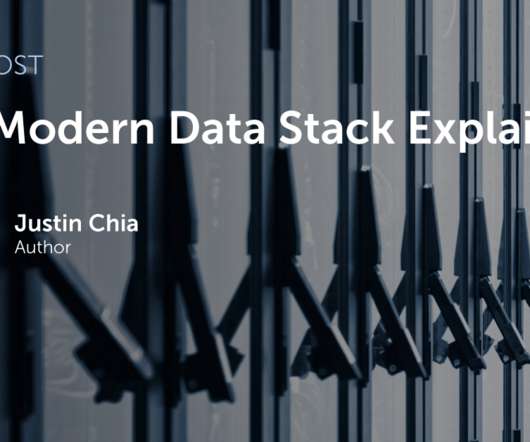
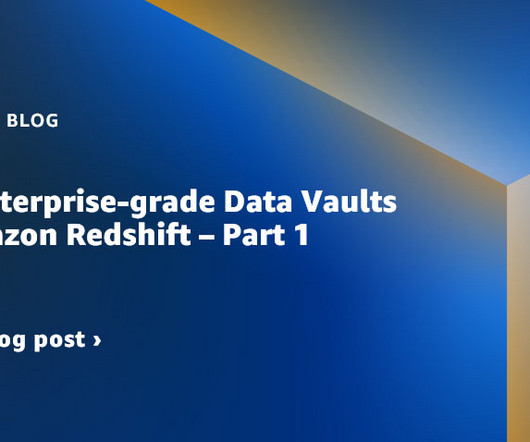

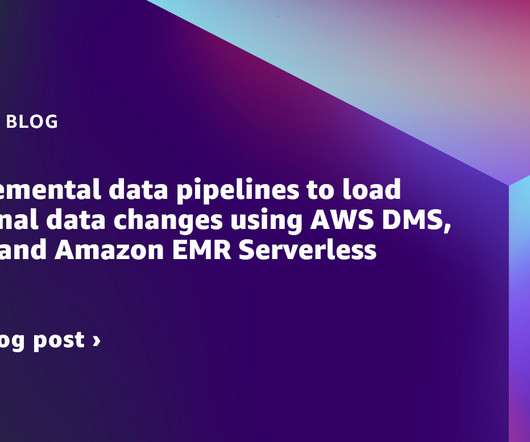
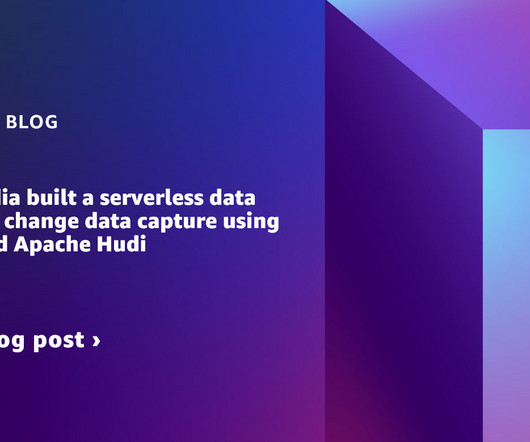











Let's personalize your content